India has immense solar energy potential due to its convenient location near the Equator. The nation receives nearly 3000 hours of sunshine every year, which is equivalent to 5000 trillion kWh of energy.
The National Institute of Solar Energy (NISE), an apex institute of Ministry of New & Renewable Energy (MNRE), has estimated India’s solar power potential to be around 750 GWp. The nation has embarked on an ambitious target of having 100 GW of solar PV installations by 2022 to capitalize on this clean resource.
According to the MNRE, India has already installed 36 GW of ground-mounted and rooftop solar capacity on September 30, 2020. On the other hand, it has only around 8 GW of operational module production capacity, according to a Mercom India Research report.
To achieve 100 GW solar PV installations, India has to rely on the imported solar PV panels, predominantly from China. Therefore, to ensure long-term reliability and profitability, it becomes essential to check the imported solar PV panels’ quality.
The lack of quality and safety in the solar PV installations has become a concern for financial institutions, DISCOMs, regulatory bodies and end-users. The rapid decline in installation costs and high capacity factors have improved the economic competitiveness of solar PV worldwide.
However, the race to reduce PV project costs ever further can lead to shortfalls in solar PV components’ quality.
Module testing
PV modules now come with long-term warranties. But these promises of durability and reliability raise questions about the quality of PV components, systems, installations and after-sales maintenance among customers.
The performance and reliability of PV modules—the core energy-generating component in any PV system—must be carefully evaluated before a system is constructed and financed. PV modules cannot be easily repaired or replaced once installed. There are many quality concerns like potential-induced degradation, light-induced degradation, light- and elevated temperature-induced degradation and micro-cracks leading to performance degradation at later stages in solar PV modules.
There can also be issues like the initial power of imported modules being lower than the panel’s nameplate rating. The European market has solved this problem through import testing of modules.
OdinSpire, a testing facility located in the port of Rotterdam, completes maximum power output (Pmax) and electroluminescence (EL) tests for statistically relevant (1-2%) sample sizes of modules imported into Europe. In the first year of testing (of around 6500 modules where most of the module manufacturers were informed about the import testing), the laboratory found that approximately 25% of modules measured below their nameplate rating with around 5% measuring below 2% of their nameplate rating.
While this initial power loss of 2% of Pmax may seem small, it equates to a profit loss of approximately $4.5 million USD for a 100MW project over a 30-year lifetime.
EL testing is also an important addition to check for micro-cracks, which may not affect the Pmax at the time of testing but will lead to faster degradation of the module over the years in the field.
The MNRE has already made it mandatory to get solar PV panels tested at the Bureau of Indian Standards (BIS) recognized laboratories in India against the Indian standards before deploying in the solar PV plants.
Laboratory-based durability testing is a complementary tool designed to assess the quality of materials and components used in a particular module. However, the procedures and processes used to assemble modules in mass production have an equally important influence on long-term performance and reliability. Good-quality materials and components, for example, can be negatively impacted by a poor quality manufacturing process. And a good quality manufacturing process won’t improve the quality of materials or components.
Both good material and manufacturing quality are needed to ensure long-term module performance and reliability. Considering this, the MNRE has brought the Approved List of Models & Manufacturers (ALMM) as one more criterion to sell solar PV cells and modules in the country with a provision of manufacturing plant inspection by the MNRE experts.
Testing quality
Many new labs have been set up in India with the MNRE notification of making the module testing mandatory in a test lab. Some large energy companies have also set up their own labs to complete the requirement themselves.
It will definitely enhance the trust of the stakeholders in the solar technology, but a focus on the quality of testing is also needed. There is a need for capacity building of laboratories, proper equipment selection, and frequent calibration of equipment to enhance testing quality.
For instance, the Sun Simulator, which is the heart of solar PV module testing, must comply to the latest IEC 60904-9 standard, cover the whole range of 300-1200nm with sufficient spectral coverage (>99%), and have a pulse length long enough to accurately test new technologies like passivated emitter rear contact (PERC), TOPCON and Heterojunction.
Here measurement uncertainty is also equally important as it increases the credibility and value of tested results. The laboratories should take the appropriate measures to minimize the measurement uncertainty. The use of reference calibrated modules from accredited calibration laboratories and Sun simulators’ calibration are the other areas with a scope of improvement.
Accurate testing and quality control of PV modules will enable India to have long-term profitable and successful PV installations and become world leaders in the green future.
The views and opinions expressed in this article are the author’s own, and do not necessarily reflect those held by pv magazine.
This content is protected by copyright and may not be reused. If you want to cooperate with us and would like to reuse some of our content, please contact: editors@pv-magazine.com.
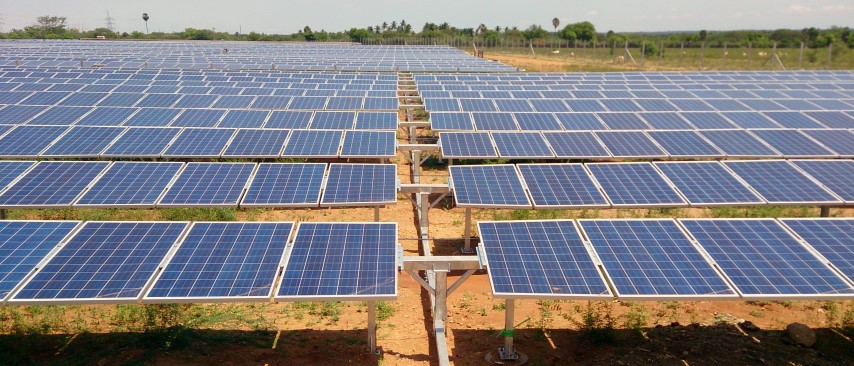
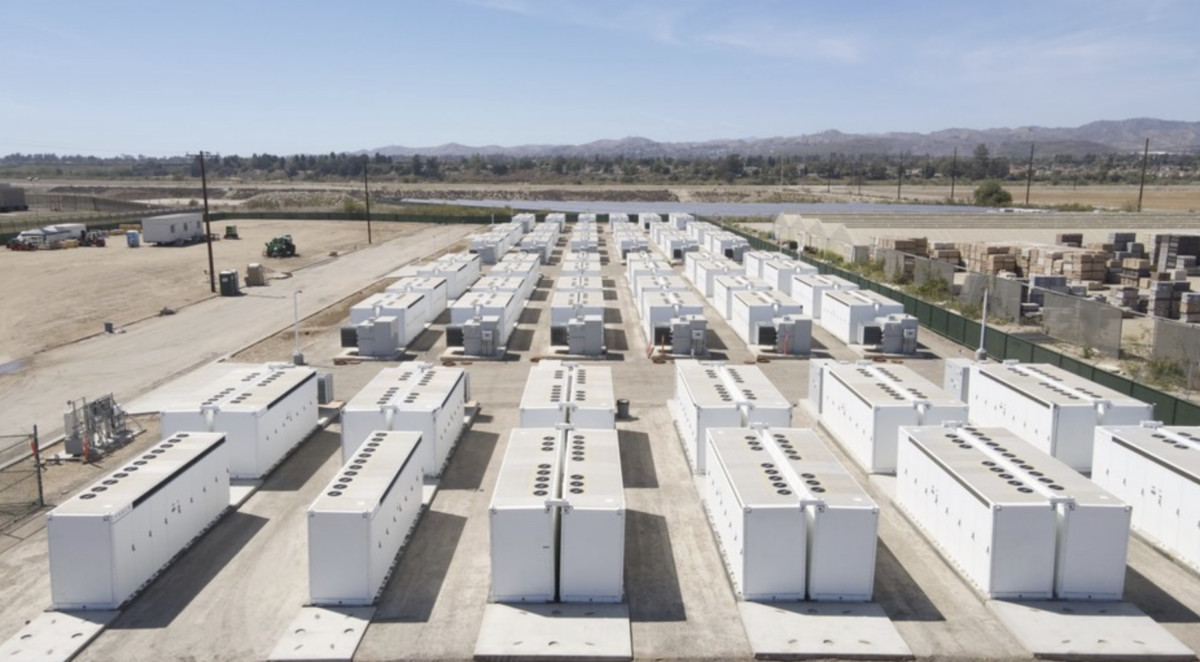

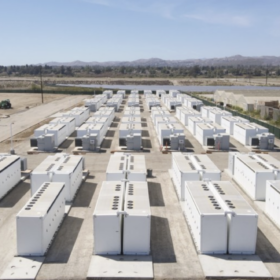
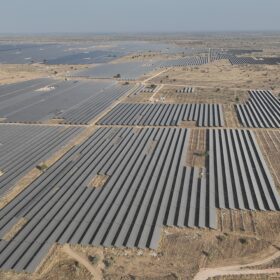
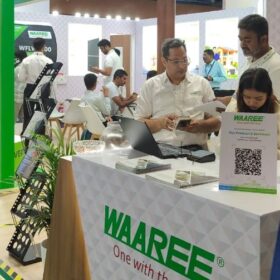
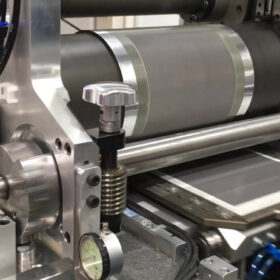
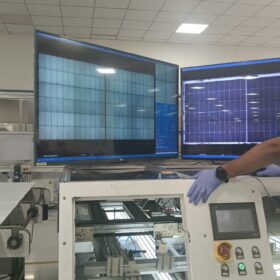
1 comment
By submitting this form you agree to pv magazine using your data for the purposes of publishing your comment.
Your personal data will only be disclosed or otherwise transmitted to third parties for the purposes of spam filtering or if this is necessary for technical maintenance of the website. Any other transfer to third parties will not take place unless this is justified on the basis of applicable data protection regulations or if pv magazine is legally obliged to do so.
You may revoke this consent at any time with effect for the future, in which case your personal data will be deleted immediately. Otherwise, your data will be deleted if pv magazine has processed your request or the purpose of data storage is fulfilled.
Further information on data privacy can be found in our Data Protection Policy.